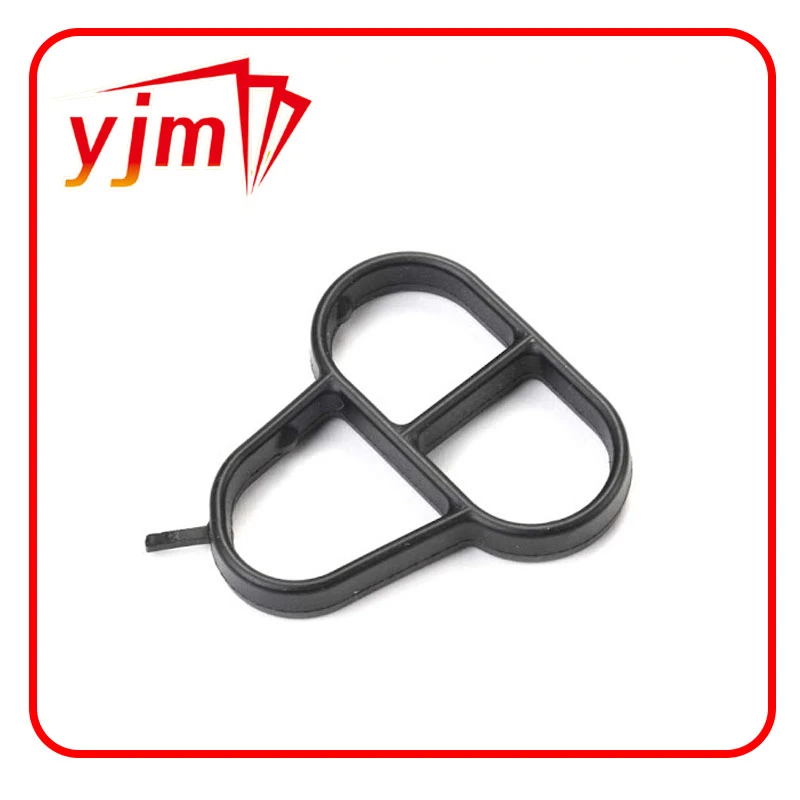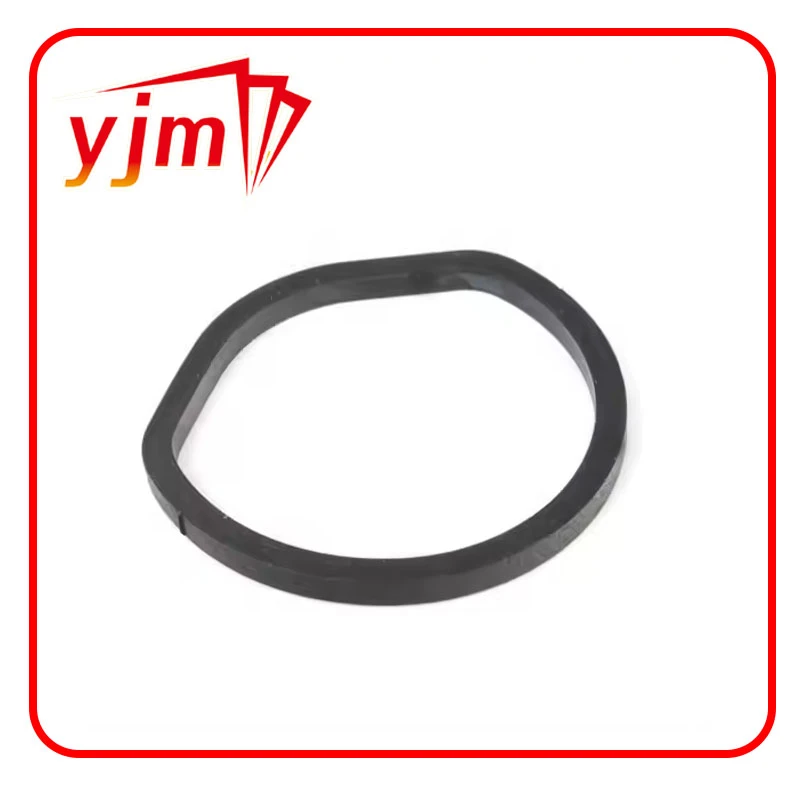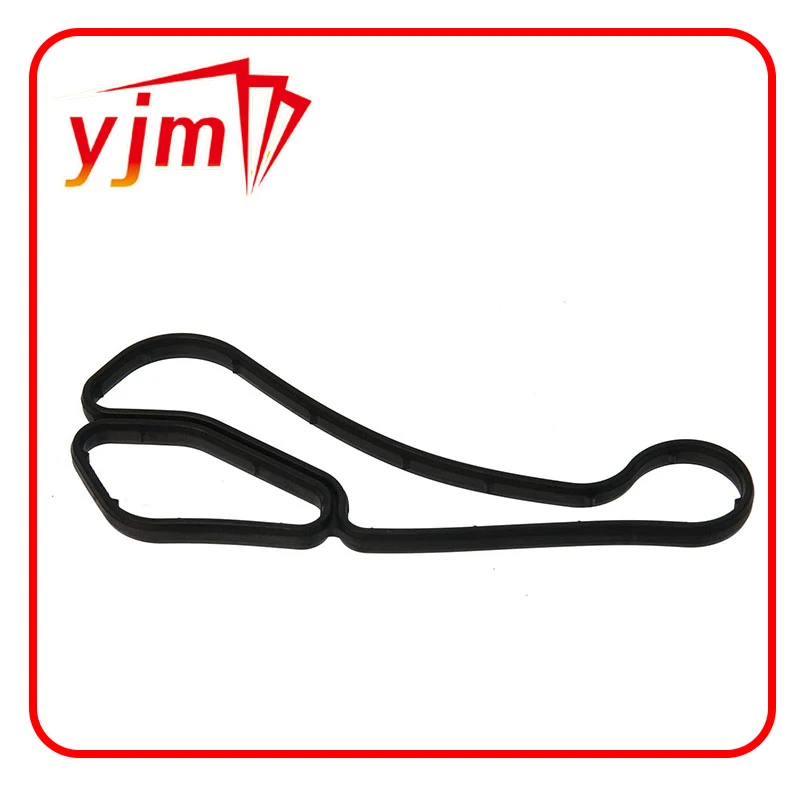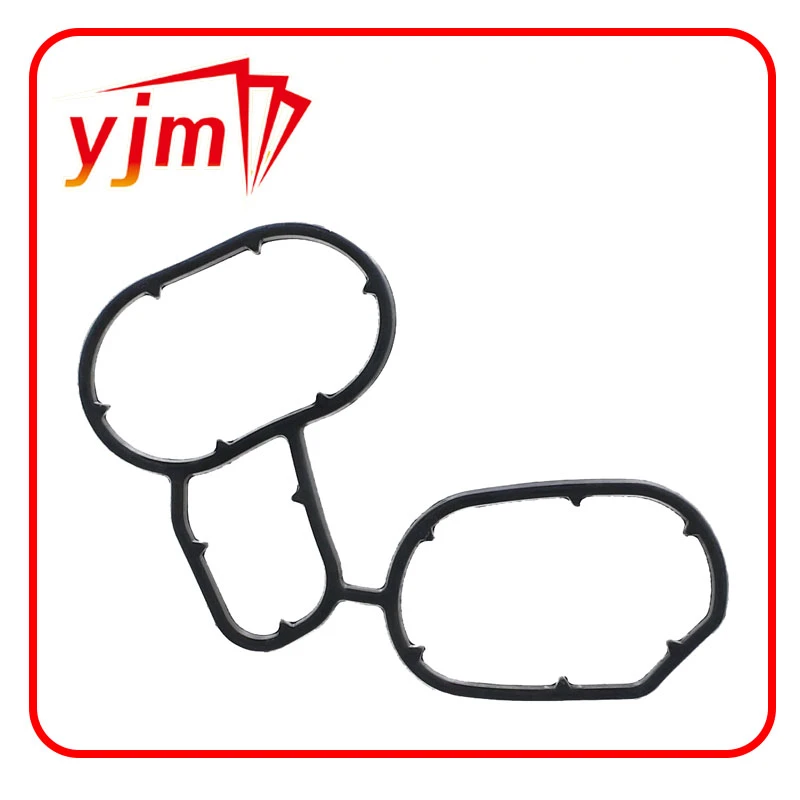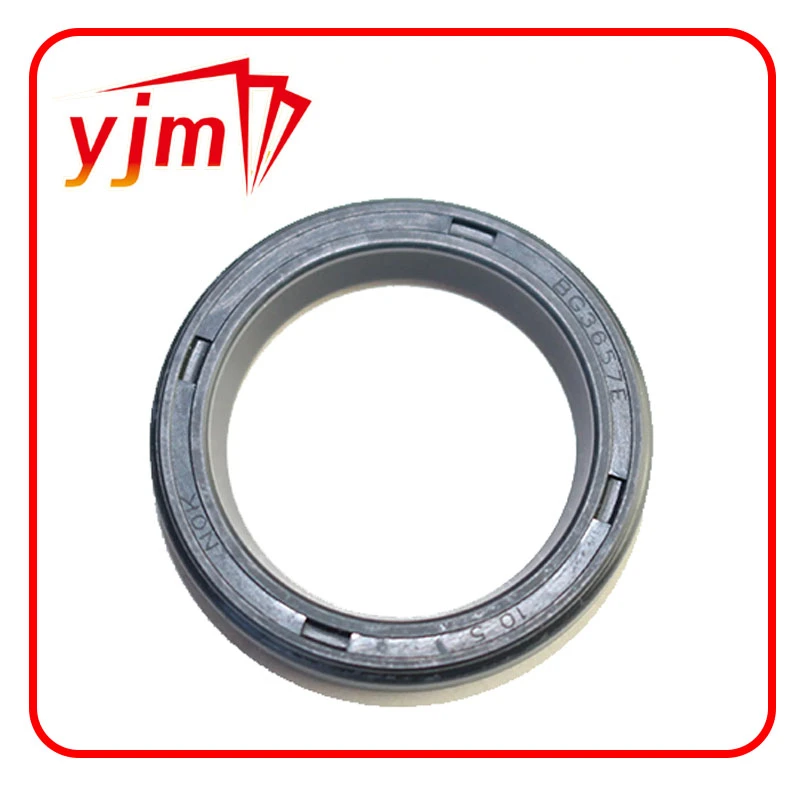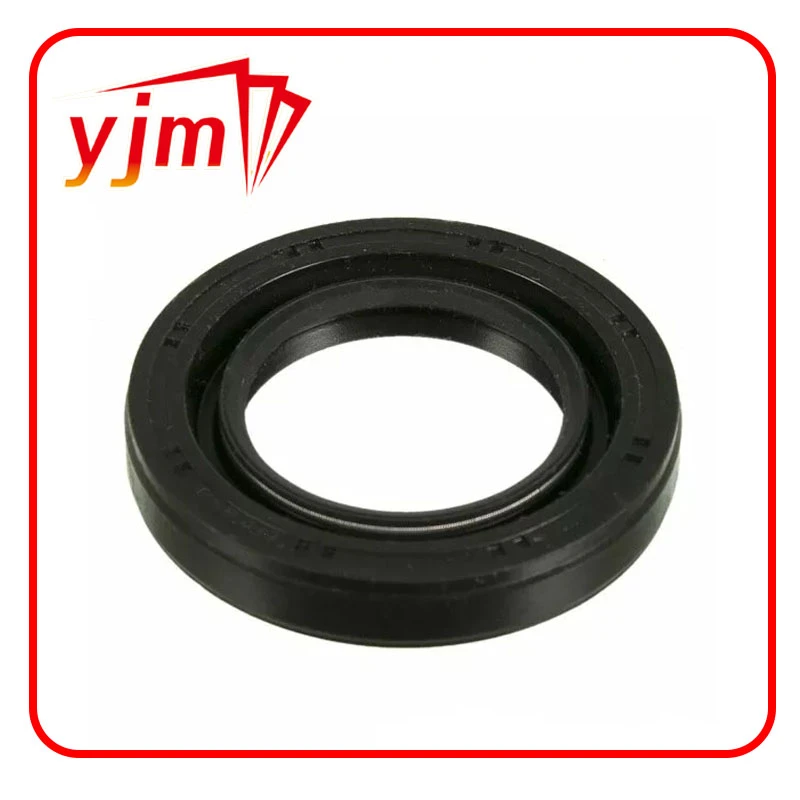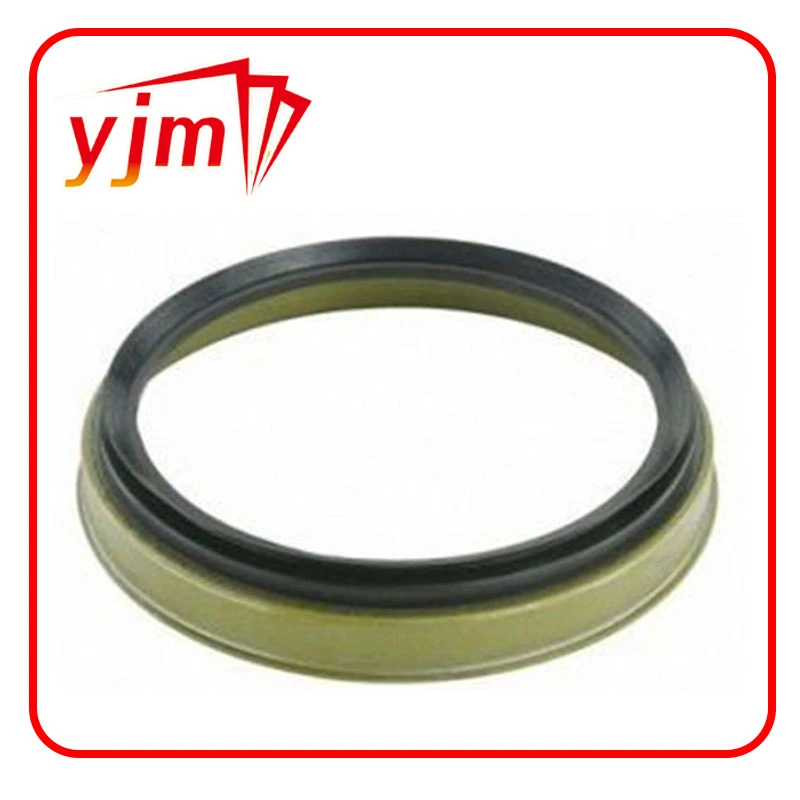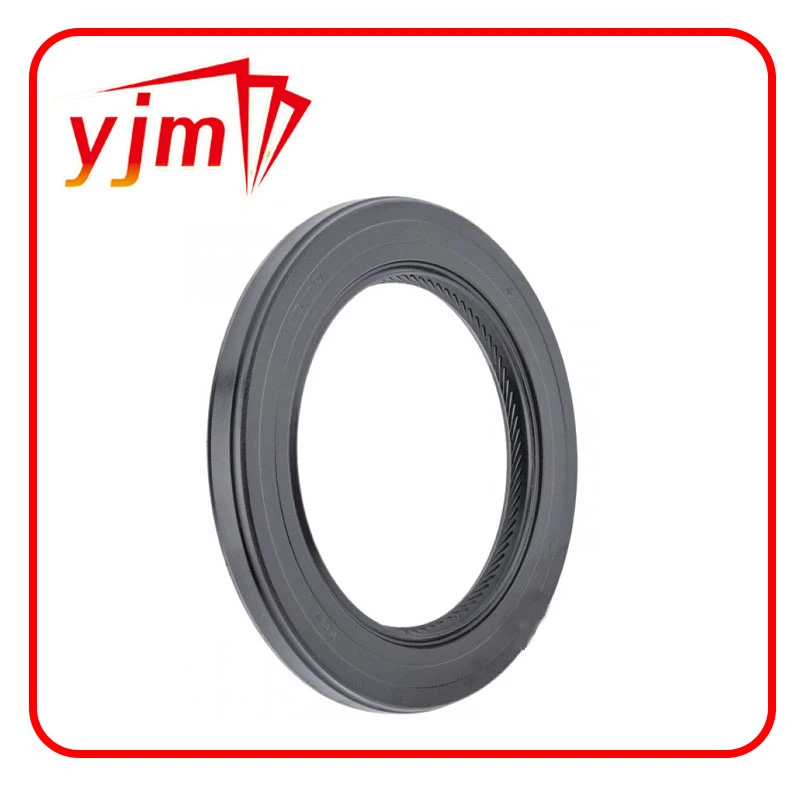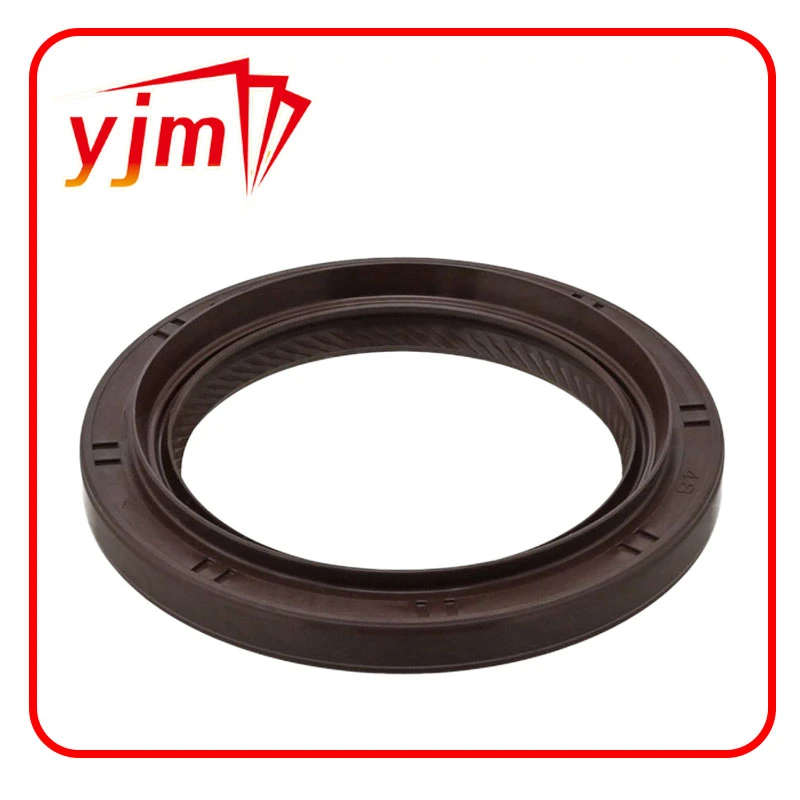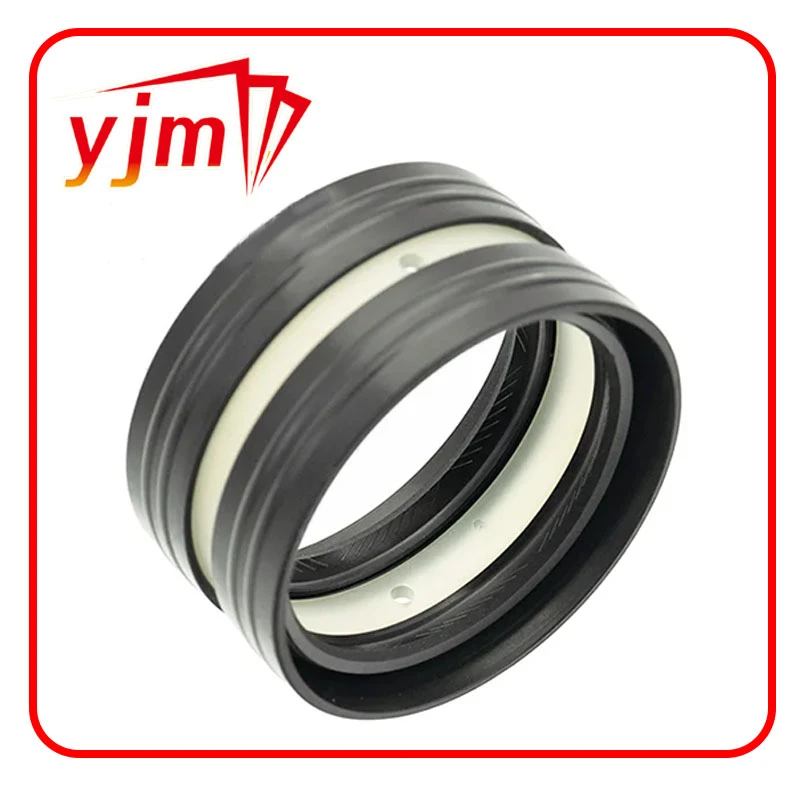Understanding Bonded Seals: Types, Applications, and Industrial Advantages
Bonded seals are critical components in fluid systems, offering a secure seal between threaded or bolted connections. Originally developed to replace copper washers in hydraulic systems, bonded seals have become indispensable in industries such as aerospace, automotive, oil & gas, and heavy machinery. Whether you’re using a hydraulic bonded seal, a metal bonded seal, or exploring metric bonded seals, understanding their functionality and variations ensures optimal sealing performance under pressure.
In this article, we’ll explore different bonded seal types—including rondelle bonded seal and self centering bonded seal—and explain how these small components deliver reliable sealing power in high-demand systems.
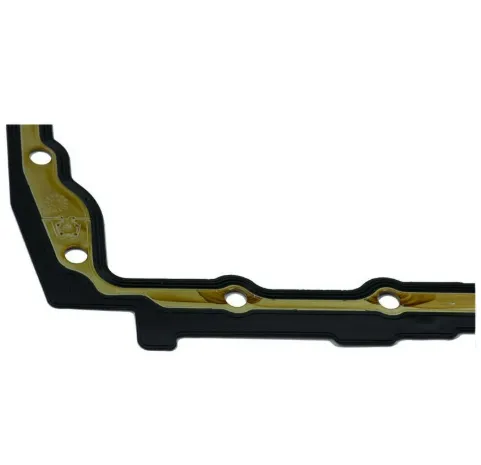
What Is a Hydraulic Bonded Seal?
A hydraulic bonded seal is a type of washer consisting of a metal ring and a vulcanized rubber insert bonded to its inner diameter. It is specifically designed to seal pressurized hydraulic fluid within joints and fittings. Unlike traditional O-rings or flat gaskets, the hydraulic bonded seal is engineered to remain in place even under high-pressure fluctuations.
Key Features:
Dual Sealing: The rubber insert provides elasticity and sealing under pressure, while the metal ring adds strength and resistance to extrusion.
Pressure Resistance: These seals can withstand pressures of up to 1500 bar or more, depending on the material and design.
Common Use: Found in hydraulic cylinders, pumps, valves, and pipe flanges in industrial, construction, and agricultural machinery.
The hydraulic bonded seal has largely replaced copper and fiber washers in modern hydraulic systems, providing superior sealing performance with less maintenance.
Exploring the Varieties: Metal Bonded Seal, Metric Bonded Seals, and Rondelle Bonded Seal
Metal Bonded Seal
The metal bonded seal is the broader category encompassing all bonded washers with a metal carrier. These seals consist of a metal ring—commonly stainless steel, carbon steel, or brass—with a vulcanized elastomer (such as NBR, FKM, or EPDM).
Versatility: Can be used with hydraulic oil, gas, steam, and chemicals.
Material Options: The metal type is selected based on corrosion resistance, hardness, and compatibility with the mating surface.
Elastomer Customization: The rubber component can be adapted for temperature, media, and dynamic load tolerance.
Metal bonded seals are popular across sectors for their strength and precision fit in tight assembly environments.
Metric Bonded Seals
Metric bonded seals follow international standards for diameter and thickness, making them suitable for global equipment manufacturing.
Standardized Sizing: They conform to DIN, ISO, or BS specifications and are used in machinery built with metric threads.
Global Compatibility: Ideal for exports, OEM manufacturing, and equipment maintenance in regions using metric systems.
Applications: Used in hydraulic fittings, engine blocks, and fuel injection systems in European and Asian vehicles and machinery.
Selecting the right metric bonded seals ensures compatibility and leak-free assembly in global mechanical systems.
Rondelle Bonded Seal
The rondelle bonded seal is simply the French term for a bonded washer or sealing washer. These are widely used in Europe and often appear in technical documents or specifications written in French.
Identical in Function: Like other bonded seals, a rondelle bonded seal consists of a rubber inner ring bonded to a metal washer.
Terminology Awareness: Knowing this term helps in sourcing international parts or interpreting multilingual product catalogs.
Whether referred to as “rondelle” or “washer,” these bonded seals serve the same sealing purpose with the same mechanical structure.
Advanced Performance: Seal Bonded Technology and Self Centering Bonded Seal
Seal Bonded Technology
The phrase seal bonded refers to the method of permanently bonding an elastomer to a metal surface to create a combined sealing unit.
Benefits:
Reduces installation error.
Increases resistance to blowout and deformation.
Simplifies sealing in automated assembly lines.
Seal bonded components are often used in engines, pumps, compressors, and brake systems, where reliability and speed of installation are critical.
Self Centering Bonded Seal
The self centering bonded seal is an upgraded version of the standard bonded seal. It features a shoulder or lip on the inner diameter of the metal ring that fits snugly into the bore or bolt thread, ensuring precise alignment.
Automatic Positioning: Eliminates the need for manual centering during installation.
Improved Sealing: Ensures uniform compression of the elastomer ring, reducing the risk of leaks.
Time-Saving: Speeds up assembly in high-volume or difficult-to-reach installations.
Self centering bonded seals are preferred in aerospace and high-precision engineering applications where tolerance and alignment are critical.
Bonded seals—especially hydraulic bonded seals, metal bonded seals, and self centering bonded seals—are essential for creating high-pressure, leak-free connections in modern mechanical systems. From sealing hydraulic lines to ensuring tightness in fuel and gas systems, these components deliver robust, reliable performance across a wide range of demanding environments.
Choosing the right type—whether a metric bonded seal for standardized systems, a rondelle bonded seal for European applications, or a specialized seal bonded unit—depends on your system’s pressure, temperature, and media compatibility. As technology advances and equipment becomes more global, the role of the bonded seal continues to grow, offering simplicity and security in a small but powerful package.
-
Seal 12x20x5: Precision Radial Shaft Seals for Industrial Reliability
חֲדָשׁוֹת Nov.24,2025
-
Seal 12x18x5: Essential Guide to Specifications, Applications & Vendors
חֲדָשׁוֹת Nov.24,2025
-
Understanding Seal 12 20 5: Applications, Specifications & Industry Insights
חֲדָשׁוֹת Nov.23,2025
-
Durable Oil Seal 85x110x12 – Reliable Sealing Solutions for Industry
חֲדָשׁוֹת Nov.23,2025
-
Durable and Precise Oil Seal 75x95x10 for Efficient Machinery | YJM Seal
חֲדָשׁוֹת Nov.22,2025
-
Durable Oil Seal 75x100x10 for Reliable Industrial Performance | YJM Seal
חֲדָשׁוֹת Nov.22,2025
-
High-Quality Oil Seal 65x90x10 | Durable & Reliable Sealing Solutions
חֲדָשׁוֹת Nov.22,2025
קטגוריות מוצרים

